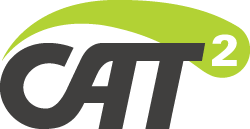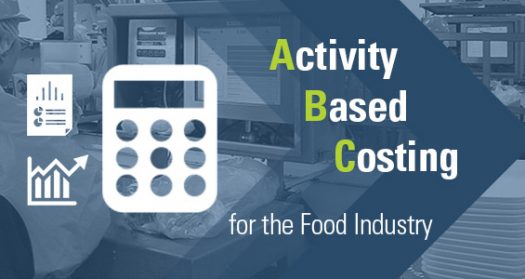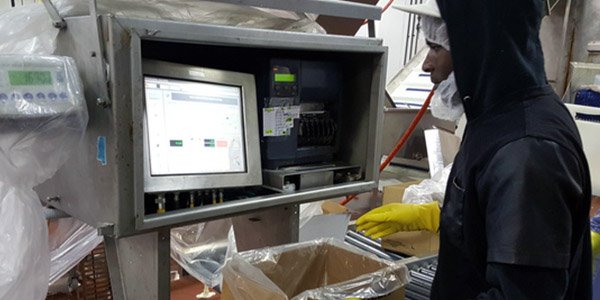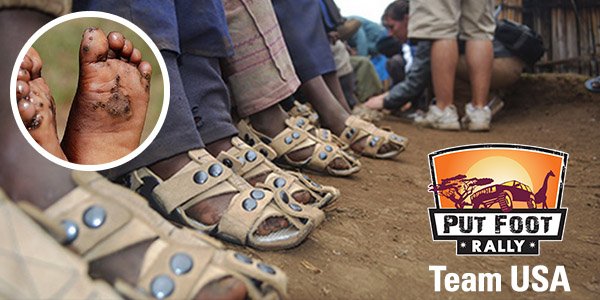To maximize profitability, companies must have a firm grasp of what it costs to manufacture and process each product. This becomes increasingly challenging for large companies with thousands of employees and long supply chains or multiple manufacturing plants. This study demonstrates a return on investment of less than just a few months of full integration of CAT Squared's costing system.
COMPANY PROFILE
Product Specialties: Poultry parts
Primary Customers: Retail-grocer and foodservice markets
Production: Processes 140,000 tons of poultry per year
This project was completed in 2016 at a European plant for one of the largest animal food producers in the world, with a worldwide annual production of 23.2 million tons.
CHALLENGE
Like many food producers, our customer has a long supply chain and uses many resources (meat, equipment, employee labor, packing materials, etc.). Additionally, it’s common to have more than 300 SKUs with huge variations on the number of resources consumed per product and per department. Thus, it’s challenging to assign specific costs to each product. As a result of these issues, plant management could not determine which products were making money, and which were losing money.
Our customer operates in a highly volatile environment where meat prices fluctuate dramatically. Management needs information available to them to help guide them in making decisions on which products can be culled and which should be pushed during various market conditions.
Prior to installing CAT Squared's costing solution, our customer could not accurately determine the value of Work-in-Progress (WIP) and Cost-of-Goods-Sold (COGS), which are required for monthly reporting in the accounting system. The ERP system they were using from SAP could not provide this information because most ERP systems do not seamlessly integrate into plant floor operations systems. Also, the auditors would not accept the spreadsheets plant employees were using because they could not provide full traceability and validate how their numbers were calculated.
WHY NOT TRADITIONAL COSTING?
Traditional costing assigns costs to products based on an average overhead rate using budgeted and estimated costs and volumes to determine what the standard cost should be. This application does not provide an understanding of what the real and actual costs are, only the variances from standard. Standard costing variances could fluctuate dramatically from month to month without ever providing any answers on real costs. With traditional costing, management’s attention is focused on variances from “the standard,” forcing an acceptance of the “standard” as the norm, not the actual costs.
Standards are generally set once a year during budget season and mostly not changed until next year’s budget cycle. So, when manufacturing conditions, input costs, capacity utilization, and other major impacts happen during a year, management has no perspective on what the impact of these changes are (unless they choose to recalculate standards, which does not often happen).
Activity-based costing (ABC) changes all this by providing actual month-to-month costs, empowering management to review and adapt to changing conditions by adjusting prices, manufacturing mix, product selection, and other necessary changes. ABC assigns costs to each activity in the manufacturing process, providing management with step-by-step views of how costs accumulate as products move through the plant and providing a focus on how resources are used.
SOLUTION
CAT Squared implemented an activity-based costing system that traces products step-by-step thru the production process, enabling plant and financial managers to understand the cost of every activity, process step, and all the components of a product’s total cost.
CAT Squared's costing solution provides a financial perspective on process yields and all production losses. The uniform, consistent structure of the system helps production and finance managers "talk the same language" while working together creating continuous improvement to improve productivity and profitability. The system is auditable with full traceability of costs from product back to all inputs.
Features
- Follows the product step-by-step thru the production process, making it easy to understand how costs accumulate
- Converts yield losses and gains into monetary values, making it clear what the cost of these losses may be
- Provides inventory, orders, WIP, and COGS results for input into financial systems
- Uses all production data from CAT2, helping to ensure the integrity of production data, highlighting gaps
- Uses matrix algebra to solve costing accurately and efficiently
- Links staff and equipment resources to activities and costs, helping to understand resource usage
- Exports to Excel for further analysis
Benefits
- Provides regular costing updates
- Shows profit or loss for every product line
- Makes it easy to run special alternative (what-if) scenarios if meat or packing costs change suddenly
- Provides a complete view of inter-organizational and overhead charges
- Shows waste otherwise hidden in the production figures
- Identifies products and customers that add or destroy value by incorporating cost-of-capital into costing
- Simplifies critical financial decisions by providing a clear picture of all fixed and variable costs
CAT Squared combines the plant-floor data managed by our MES with the accounting data housed in SAP's ERP system to assign values and distribute costs across activities, departments, and products. All transactions have the same basic logic, tracking inputs and outputs for each department and each product. All data is validated and provides complete traceability.
RESULTS
For the first time, our customer's management team had access to accurate, provable data to aid in decision-making. Prior to installing our solution, our customer's manufacturing data did not balance. The scales weren’t working properly. Products were either not being measured or being measured twice. We recalibrated their scales, began validating their information, and checked the validity of results in the costing system. There is now a much higher level of accuracy in their data.
This empowers plant management to
- Be responsive to market changes;
- Improve production efficiencies; and
- Control waste.
This project revealed significant waste in our customer’s processes related to packing material waste, DOAs, yield losses, and rework. For example, we identified a $40,000-per-month loss in packing materials due to poorly functioning machines. Wherever our team identified waste, we assigned specific values to that waste in the process, and the system calculated the loss automatically. Plant management could quickly identify areas of potential savings.
Our valuation reports can be used for audits as well. Our reports provide an audit trail so auditors can confidently sign off on the reports. Prior to installing our system, the people managing the plant could not produce accurate valuation figures because their spreadsheets were not accepted by the auditors due to a lack of validation. Our system is fully integrated into the plant’s processes, and every movement is calculated within CAT Squared. Our system provides full traceability as to where an item is and why it’s there. The reports also show how calculations were done, how overheads are allocated, etc.
During this project, our team found that there were several products being produced that weren’t earning a profit at current prices and others where production could be expanded profitably. With this new level of data analysis available at a glance, our customer was able to see complete ROI on the installation and setup of CAT Squared’s costing solution within just a few months.
